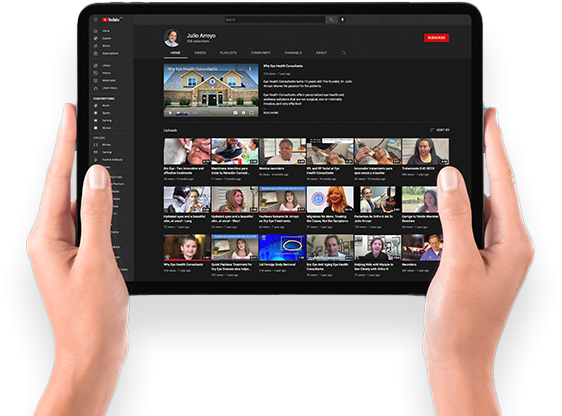Achieve Clear Vision Without Surgery
WHO SHOULD CONSIDER ORTHO-K?
Many patients come to us every day struggling to get through their daily lives with their current choice of vision correction. Some have eyeglasses that do not sit properly on their face or feel that their peripheral vision is hindered by the frames. While contact users may find the lenses uncomfortable or have them fall out at inconvenient times. For these patients, we are pleased to offer orthokeratology, or Ortho-K, a revolutionary way to help you see clearly throughout the day without having to wear glasses or contacts and without having to get laser eye surgery.
If you are sick and tired of wearing contact lenses or glasses every single day and would like an alternative way to correct your vision, consider trying Ortho-K. If you would like more information on Ortho-K, please call our offices today and see how we can improve your everyday life.
When you wear the customized corneal molds while you sleep, your corneas will retain their induced shaped, providing you with safe, clear and comfortable vision throughout the entire day.
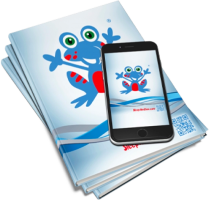
Download a FREE booklet about a better alternative:
a non-surgical, safe, and effective solution.

AFFORDABLE
Less than Lasik,
payment plans
available, everyone
qualifies

REVERSIBLE
The corneas
recover their
original shape when
you discontinue the
treatment

NON-SURGICAL
No burning, cutting
or tissue
destruction, a more
natural approach to
visual freedom

GUARANTEED
The treatment
comes with a 3-
month warranty. Ask
us for the details

WHILE YOU SLEEP
A more natural and
gentle alternative to
change the corneal
curvature.

KID-FRIENDLY
Increase child’s self-
esteem & sports
performance. No
more broken
glasses. FDA
approved
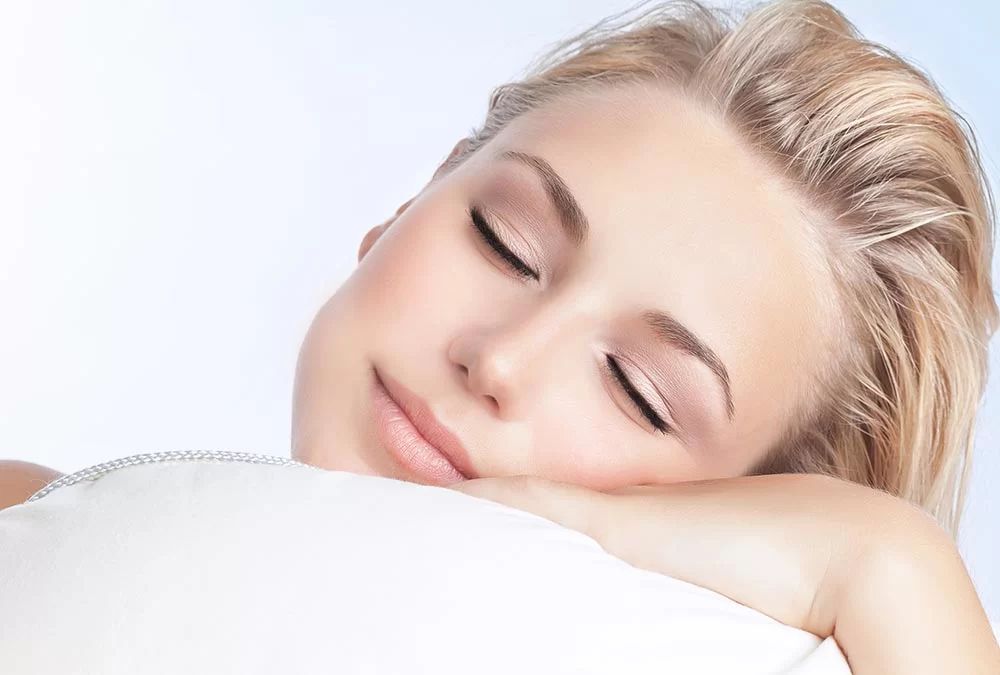
WHAT IS CORNEAL MOLDING?
Non-Surgical Corneal Molding is based on the art and science of Orthokeratology (Ortho-K) which was started back in the 1970's as an alternative to reshape the eye corneal curvature without surgical tissue removal. Non-Surgical Corneal Molding is an alternative to correct your vision while you sleep and it is FDA approved for children as well as adults. Also, Corneal Molding has been clinically proven to slow down or even stop myopia (or nearsighted) progression in children.
When you wear the customized corneal molds while you sleep, your corneas will retain their induced shaped, providing you with safe, clear and comfortable vision throughout the entire day.
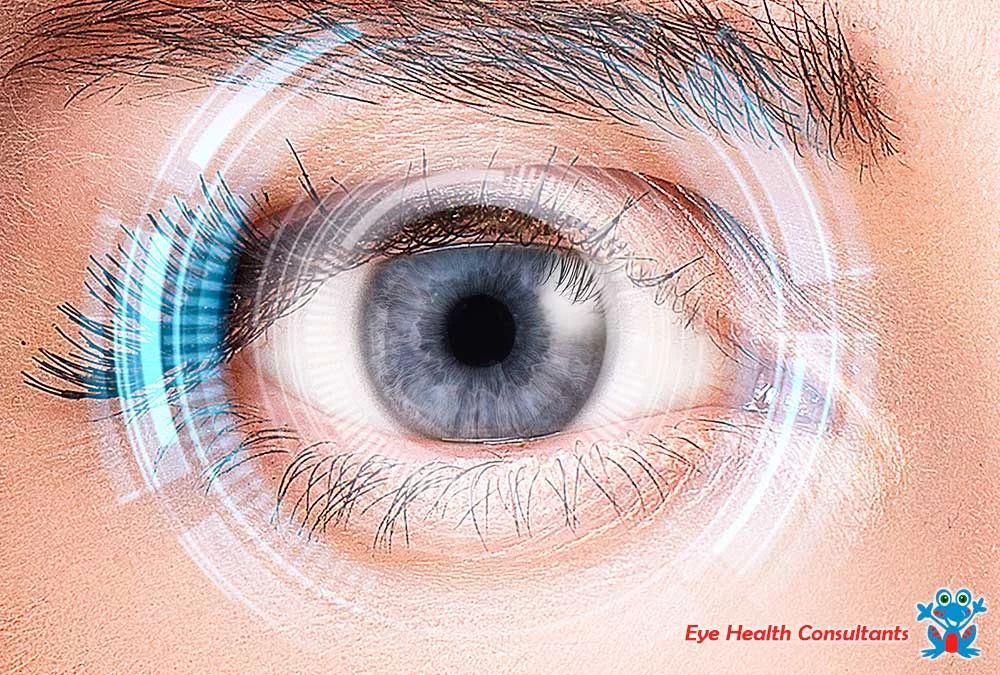
HOW DOES IT WORK?
When you are nearsighted, the shape of your cornea causes light rays to focus too far in front of the retina. Thanks to an innovative non-surgical technology, the cornea can be gently reshaped so the light will refocus where it is supposed to, right on the retina.
Dr. Arroyo specializes in the design and fitting of advanced custom corneal molds that you wear while you sleep. The cornea is elastic in nature, and its curvature can be gently molded; a corneal topographic evaluation will allow the doctor to generate a unique lens that will exert a controlled amount of pressure on the cornea. By changing its curvature, light focuses exactly on the retina, resulting in clear vision.
Corneal Molding (Ortho-k) is completely reversible if necessary and non-invasive.

IS NON-SURGICAL CORNEAL MOLDING RIGHT FOR YOU?
In addition to being a good choice for anyone who wants to see clearly without devices or surgery, it’s perfect for people with lifestyles where glasses or contacts may be inconvenient:
-
Teenagers unable to have surgery (must be older than 8)
-
Young individuals with growing nearsightness or myopia
-
Ortho-K protects the child's future, preventing MYOPIA progression.
-
Athletes
-
People with allergies or dry eyes
-
Workers who sit in front of a computer all day
-
People whose profession requires hassle-free visual freedom
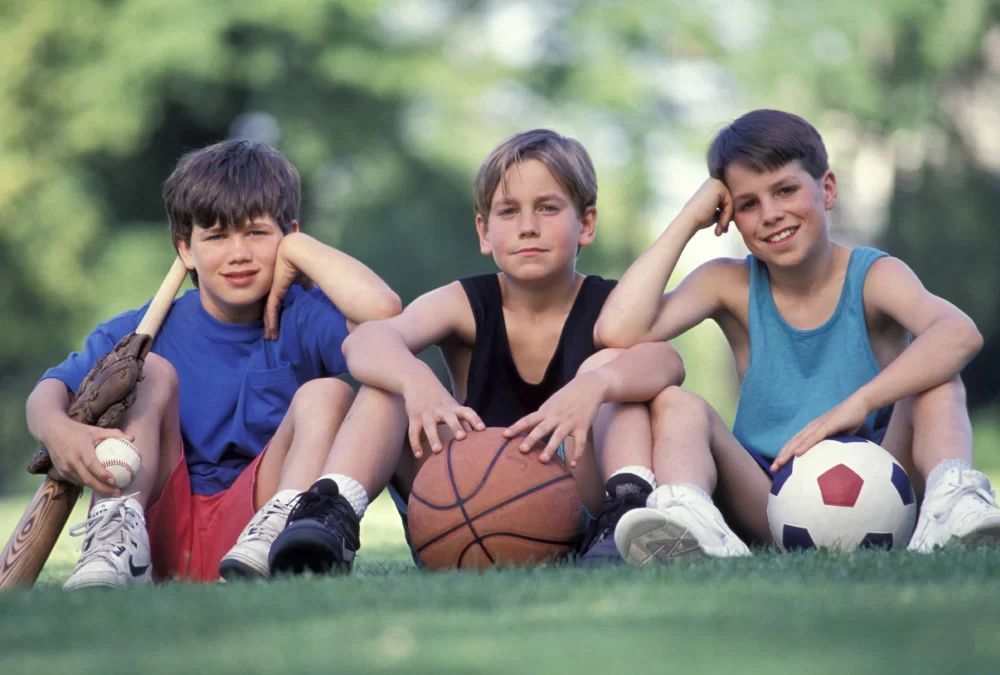
BENEFITS OF ORTHO-K
Corneal Molding (Ortho-k) is rapidly growing to become a leading choice of safe and natural vision correction. It is the only non-surgical vision correction program providing corrective as well as preventive and protective benefits for our children. Corneal Molding protects their future by preventing them from having a more severe eye refractive error.
OrthoK is shorthand for orthokeratology. OrthoK is a vision correction therapy using a specially designed corneal mold that gently reshapes the curvature of the eye to improve vision.
This is the only non- surgical vision correction modality where the patient can see 20/20 vision with their naked eyes. Patients who want to improve their eyesight and who are found to be good candidates for OrthoK are fitted with custom corneal molds (also known as eye shapers) that are worn at night while sleeping.
You can think of orthokeratology like orthodontics. It's somewhat like wearing braces for the eyes, but very gentle braces in the form of specially designed lenses. Just as an orthodontist adjusts braces to straighten teeth, your orthokeratologist will use custom fabricated corneal molds to reshape your eyes until they have reached an optimum vision correction shape.
OrthoK means better vision. Better vision overnight. It is ideal for active people who want freedom from wearing glasses or daytime contact lenses- without undergoing surgery. It is also ideal for children with myopia, also called nearsightedness. Orthokeratology goes by many names. Here are some of the most common: Ortho-K, OrthoK, Corneal Refractive Therapy, CRT, Vision Shaping Treatment, VST, Gentle Shaping System, The Gentle Vision Shaping System, Corneal Molding (CM), Advanced Orthokeratology, Custom Accelerated Orthokeratology, Corneal Reshaping, Wave Front Corneal Molding and Gentle Molding.
In addition, the OrthoK lenses themselves come in a variety of names which can also be confusing but which effectively are all referring to the same thing. Some of the names are: Retainer Lenses, Vision Retainers, Retainers, OrthoK Lenses, Corneal Molds, eye shapers, Wave Lenses, and CRT Lenses. These may differ in design, but they all are used in orthokeratology treatment
If the world stopped turning right now, everything would stay the same, but the reality is that new advancements come out all the time and nothing stays as it was. T
he same is true for Ortho-K. For the time being and based on experience from a large group of individuals, many patients need to wear the molds about 3 times per week, some need them every night and a few just wear them 2 times per week to maintain good functional vision.
In the pipeline, there are new developments under testing that would allow patients to wear the molds once a week or less, which would make this modality of vision correction even more appealing.
Both modalities alter the corneal curvature to refocus light on the retina; however, Ortho-K is non- surgical whereas Lasik involves the use of a Laser to ablade and eliminate part of the corneal tissue.
On the other hand, Ortho-K accomplishes the remodeling of corneal curvature by the use of a corneal mold that gently applies a controlled amount of pressure overnight.
Lasik is permanent surgery that causes tissue removal with risks of scarring or weakening of the cornea foundation.
OrthoK is reversible and the risks of scarring are minimal. There is a 20-year Lasik history, and the latest research suggests that there is a significant risk of corneal ectasia (warpage and bulging) but the full extent of the surgical potential complications are yet to be determined.
Vision improvement starts immediately. You may notice it within a few minutes. It is very significant within two hours. Some patients see clearly in as little as one night of wearing OrthoK retainer lenses.
Vision is normally good during all waking hours within the first week. In some patients with higher prescriptions, it can take two to four weeks to achieve good vision.
Because children's eyes are more easily molded, vision improvement generally takes effect more rapidly than it does for adults.
At times the eye will not respond to the original design as expected and your doctor will need to change the design to achieve optimal results.
In general, myopes are better candidates than hyperopes, low refractive errors usually get faster results, low astigmatism is better than high astigmatism and overall good ocular surface health is very important to increase the chances of success. There are additional factors to take into account that your doctor will have to evaluate before making a prognosis.
Ortho-K is not for everyone. Overall poor ocular health, distorted or scarred corneas, precarious tear quality, chronic lid disease or eye infections or inflammation.. etc are all a contraindication for Ortho-k. Many of these conditions may be fixed or significantly improved and if so, the patient may become a good candidate.
In the past, a high degree of myopia was a contraindication; nowadays, experienced doctors are successful in treating as many as 10 diopters of nearsightedness.
You simply stop wearing your corneal molds and your vision will return to your initial status. Ortho-K is reversible. Most doctors offer some kind of warranty that will ensure at the least a partial refund and a pair of quality specs if Ortho-K does not work for you.
This is the beauty of this modality; unlike Lasik, there is a money-back option and the procedure is reversible, so no permanent damage can be done.
As a matter of fact, we are having impressive results in ‘baby-boomers’ willing to get rid of their reading glasses for most tasks. With corneal molding, we can create a multifocal corneal curvature that provides quite good vision at all distances. Of course, not everybody is a good candidate but many low hyperopes with the need for reading glasses may find in Ortho-K a low-risk, affordable and satisfying alternative.
Since the eyes are close for most of the Ortho-K wearing time, comfort is not an issue. A growing number of patients choose ortho-k due to their intolerance to regular contact lenses.
Also, your doctor may recommend specific treatments to improve your tear quality in conjunction with your vision correction needs. This way, there is a much better chance for success.
Yes. There are several payment plan options available; some of them allow financing at a low-interest rate for 12 or 24 months. (See #Affordable Financing)
No, as long as you put in your corneal molds when you go to sleep, it does not matter what time of day you do it. Doctors recommend a minimum of 5-6 hours for proper molding but there are patients that achieve functional, lasting vision with a minimum of 4 hours of wear.
The introduction of new materials with high oxygen transmissibility that allows overnight wear with barely any corneal health compromises; computer-assisted corneal topographic technology and the use of state of the art lathing technology allows for much more accurate, predictable and fast corneal molding results.
Ortho-k is not just about 20/20 vision. Generally speaking, myopia or nearsightedness continues to worsen at a faster rate during childhood and teenage years and glasses/contacts will not do anything to stop the ongoing 'myopization' of your child's eyes. Ortho-k, on the other hand, has demonstrated very impressive results in that direction. There are at least four major studies that confirm indeed that Ortho-k HALTS OR at the least SLOW DOWN progression of myopia. The bottom line is that Ortho-k is your best chance for your child's eyes not to be more myopic in the future. More myopia means thicker lenses and more potential eye health issues in the future such as cataracts, glaucoma, retinal degeneration, and retinal detachments.
OrthoK costs generally range from $1,900 to $3,400, depending upon complexity and the age of the patient.
Dr. Arroyo is one of the few doctors in the country successfully treating hyperopia with Corneal Molding technology. Patients with hyperopia are usually more complex than patients with myopia.
| ORTHO-K | LASIK | |
| DURATION OF PROCEDURE | While sleeping | One Morning |
| REVERSIBILITY | Reversible | Non-Reversible |
| AVERAGE COST | $2,300 in total | $2,000 per eye |
| INSURANCE COVERAGE | Most insurance do not cover | Considered cosmetic, most insurance do not cover |
Very safe. Millions of people wear contact lenses in the world, being contact lenses considered a safe option. Corneal Molding lenses have a 2 or 3 fold higher oxygen transmissibility than any soft regular contact lenses; in addition, corneal molds are only worn for a fraction of the time as compared to daily contact lenses.
These two factors make Ortho-k a very safe option. Most common complications include eye irritation and glare upon removal. More serious complications such as acute red eyes and bacterial keratitis are extremely rare but they have been reported in the literature.
Unlike a standard contact lens, the OrthoK corneal mold is specially curved to exert a gentle pressure on the eye to reshape it, resulting in improved vision. In addition, sophisticated design technology is used to measure thousands of points on an eye's surface and customize the OrthoK lens to fit the unique shape of each patient's eyes.
None. The same way contact lenses do not involve any pain, corneal molds does not hurt; besides, they are worn while sleeping which diminishes the lens sensation as compared when the eyes are open. However, improper handling, debris, a damage mold... etc may all cause different degrees of discomfort.
Ortho-k started in the 1970's and has been performed worldwide in hundreds of thousands of patients of different ages. It became FDA approved in the USA in 2005.
